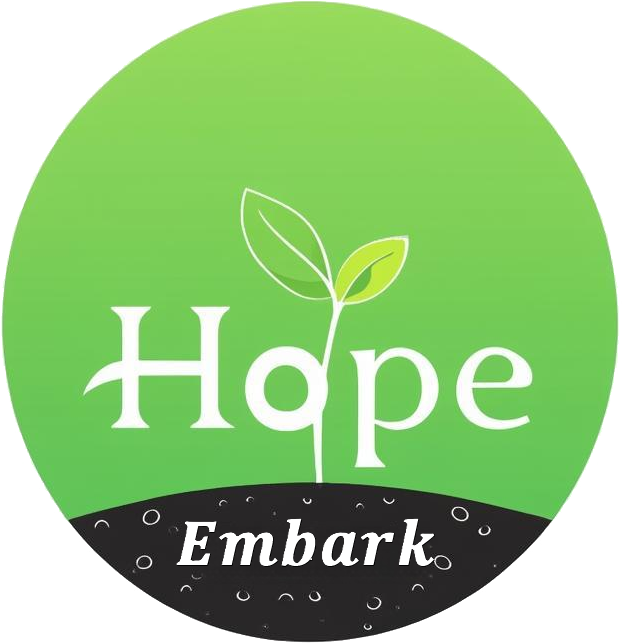Multi-Objective Optimization of Multi-Factory Remanufacturing Process Considering Worker Fatigue
Keywords:
Multi-factory remanufacturing process optimization, multi-skilled worker, fatigue index, multi-objective optimization, battle royale optimizerAbstract
To achieve sustainable manufacturing of large-scale discarded products, disassembly, recycling, and remanufacturing are widely adopted across various industries. Multi-factory remanufacturing is a complex working model that requires coordination among different factories for disassembly, remanufacturing, and resource circulation to achieve optimal resource reuse and reduce environmental impact. Multi-skilled workers play a crucial role in this process, and to fully harness the potential of workers, skill training and task allocation need to be considered. On the other hand, prolonged disassembly leads to an increase in worker fatigue levels. Excessive fatigue can result in reduced work efficiency and quality, even posing a threat to worker health and safety. Considering the impact of worker fatigue during disassembly is essential for achieving healthy and efficient work. This work presents and addresses a multi-factory remanufacturing process optimization problem that considers worker fatigue. This problem is divided into three phases: disassembly factory selection, disassembly scheduling, and manufacturing factory selection. With the objectives of maximizing profit and minimizing fatigue index, a linear programming mathematical model is established. Based on this, a discrete battle royale optimizer is employed to solve the problem, and a novel encoding structure is designed. The superiority and effectiveness of the proposed optimizer are validated through experiments on different scale cases and by comparing the results with the carnivorous plant optimizer, migrating birds optimizer, dingo optimizer, and fruit fly optimizer.
Downloads

Downloads
Published
License
Copyright (c) 2025 International Journal of Artificial Intelligence and Green Manufacturing

This work is licensed under a Creative Commons Attribution 4.0 International License.


